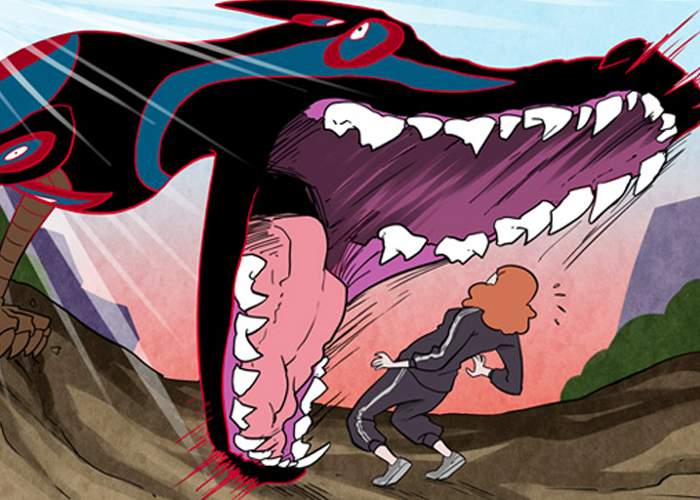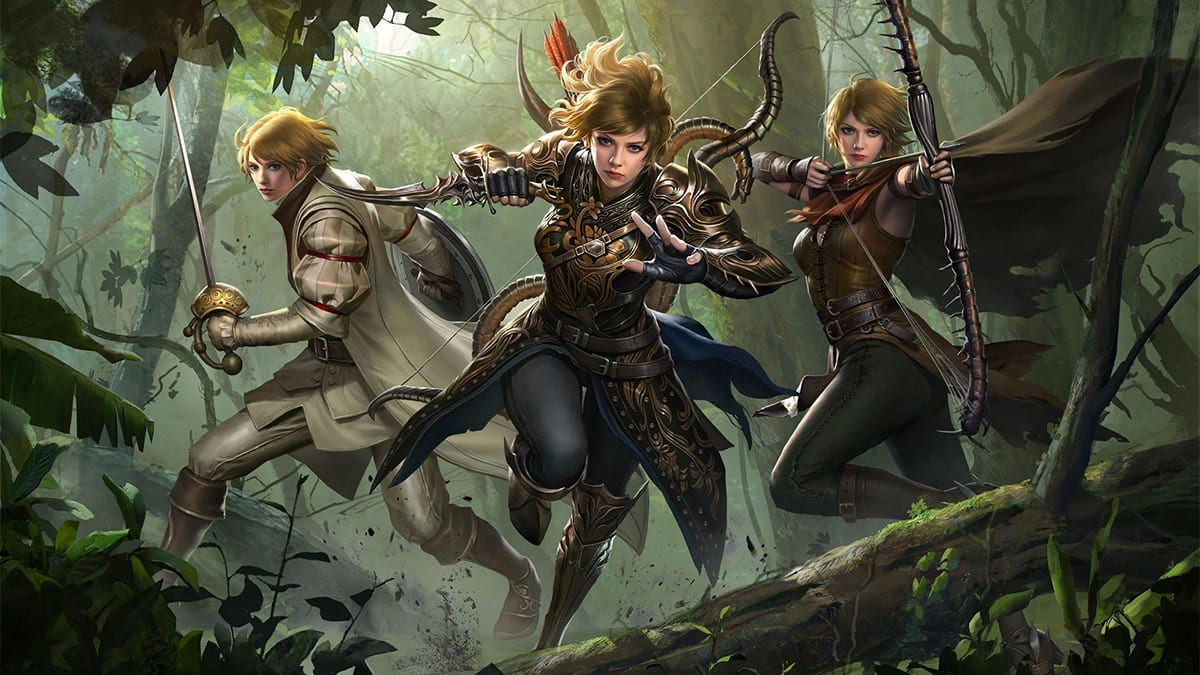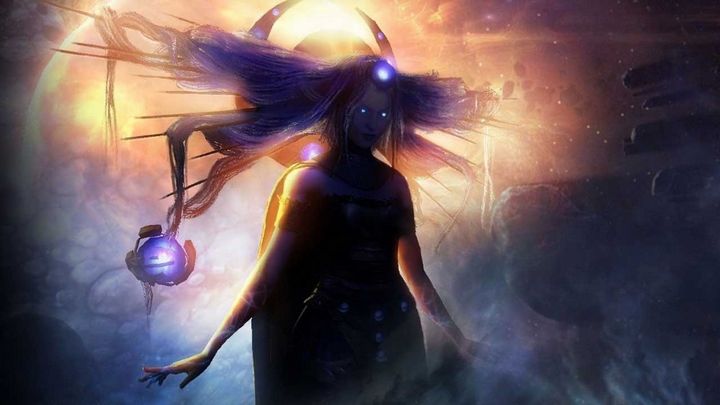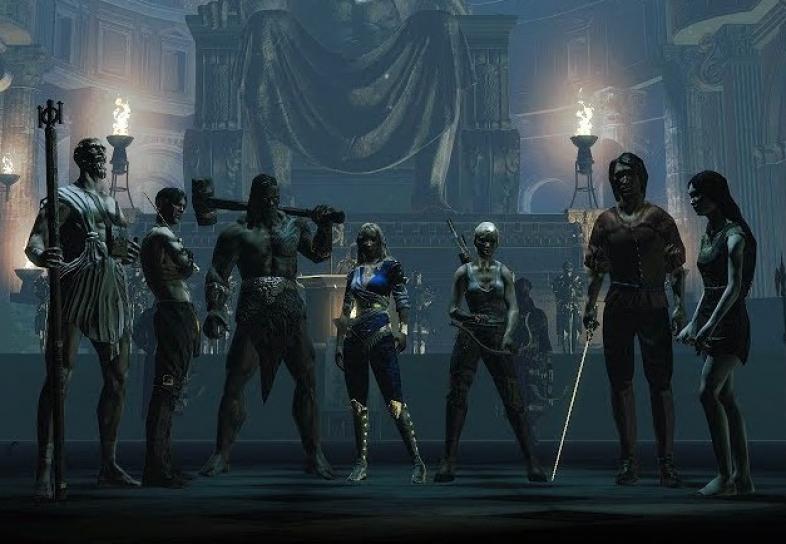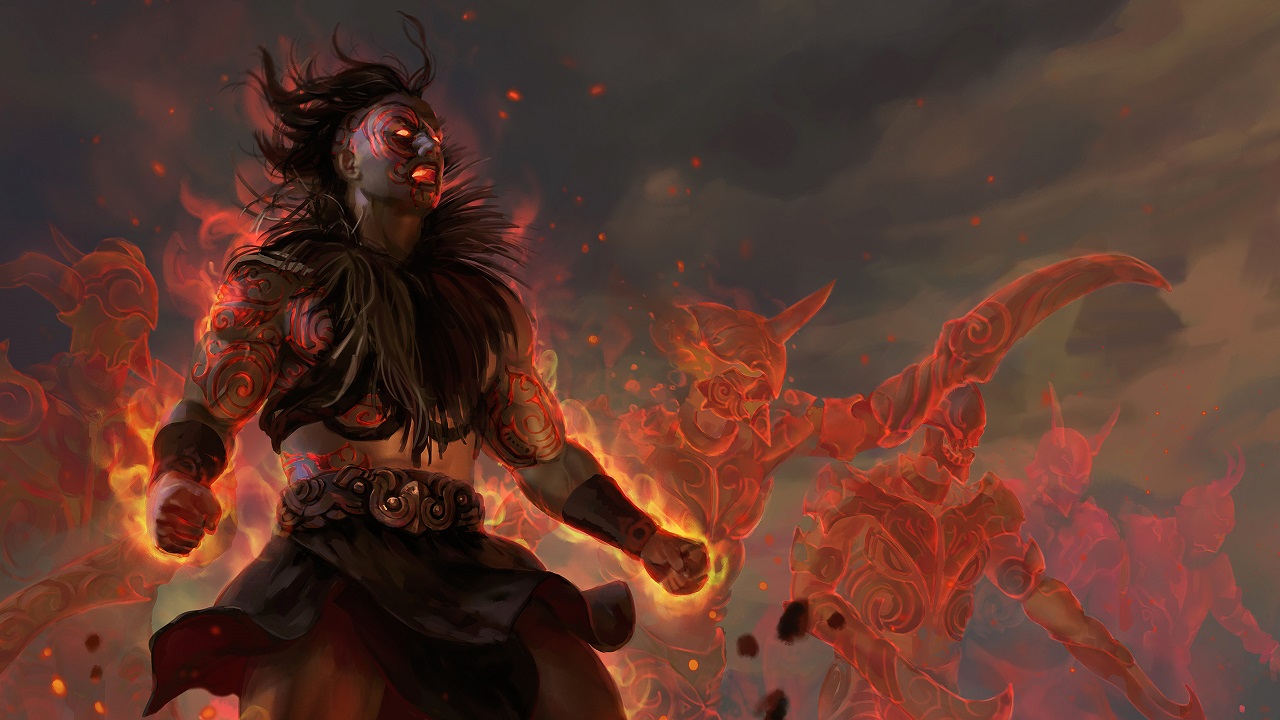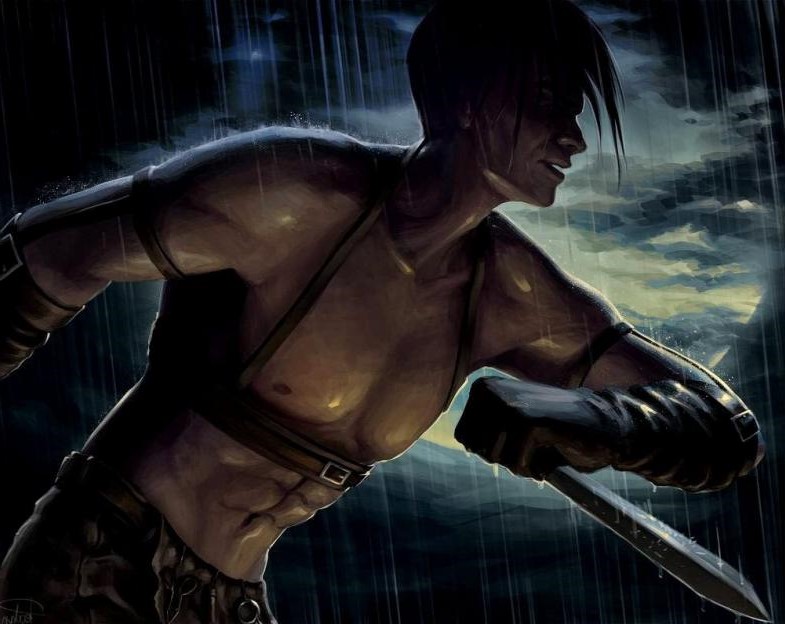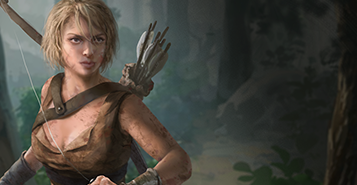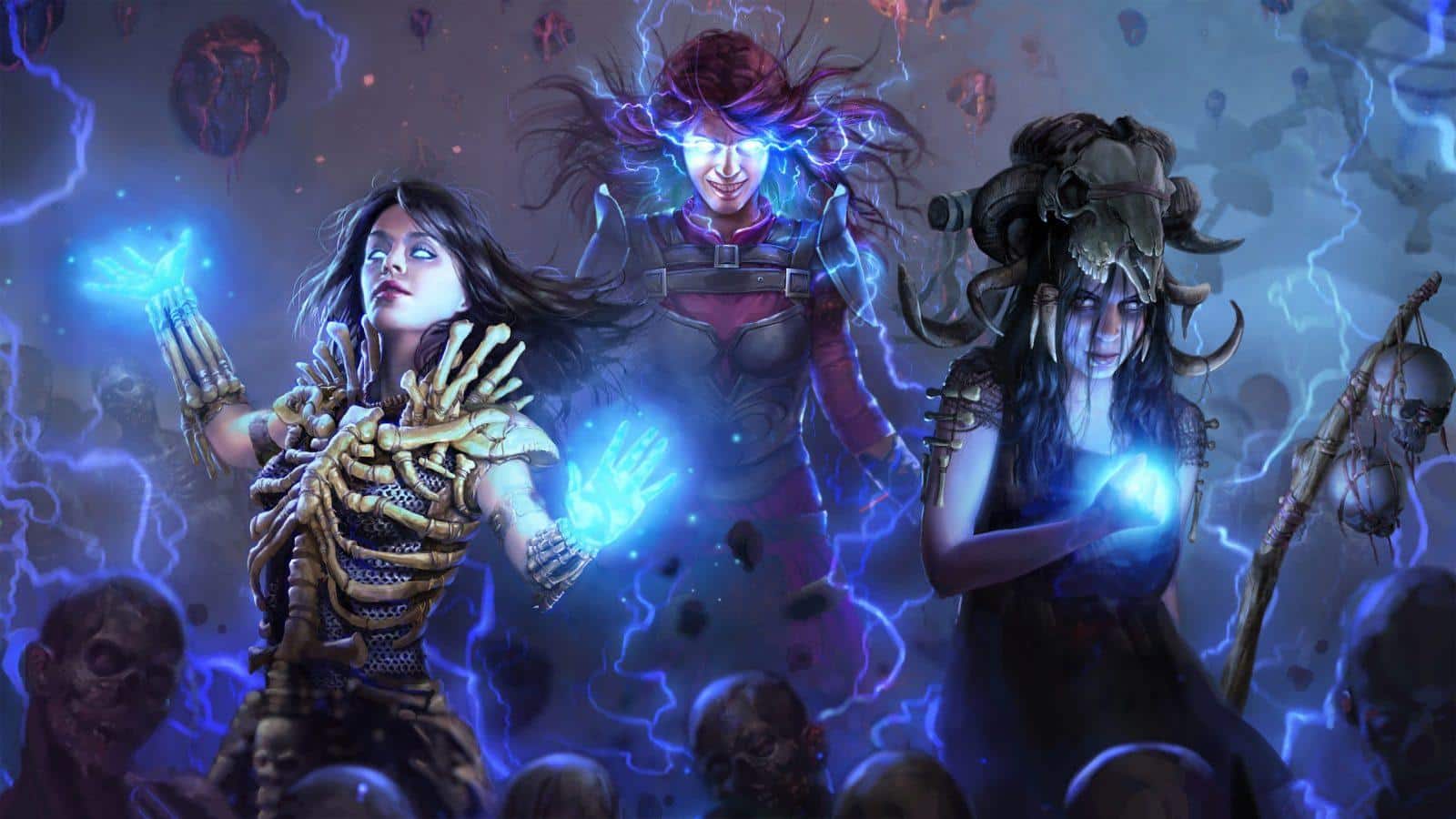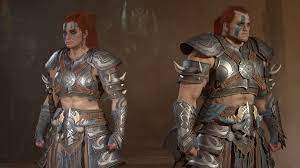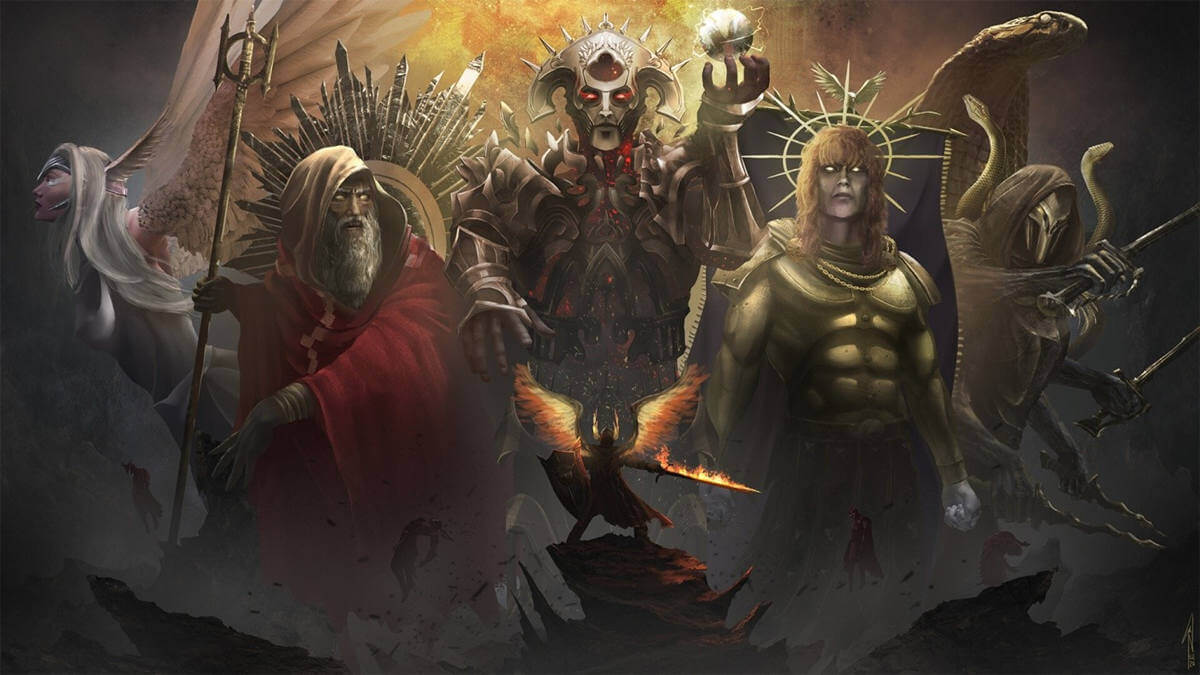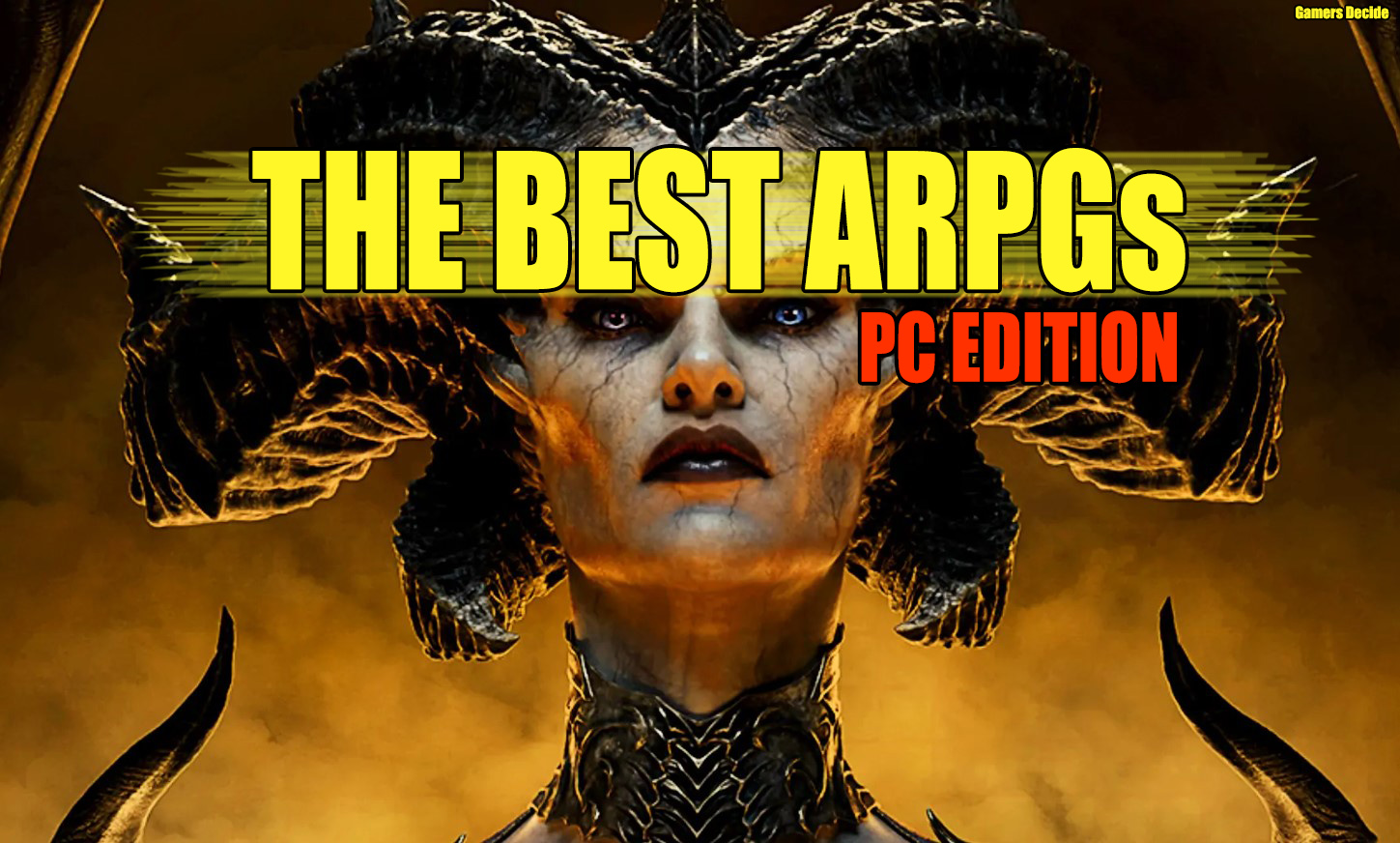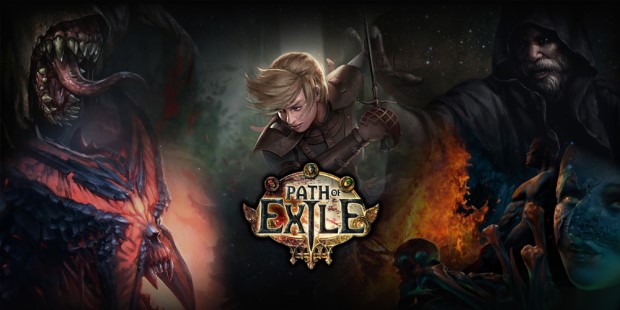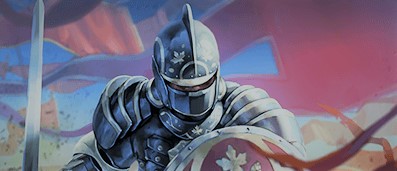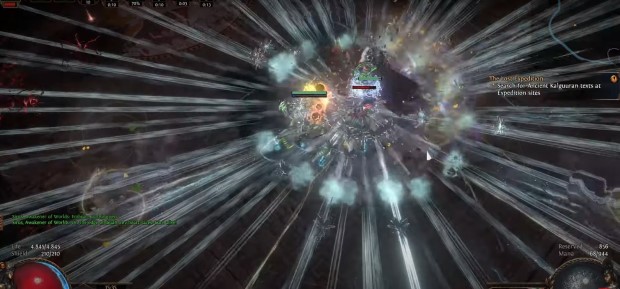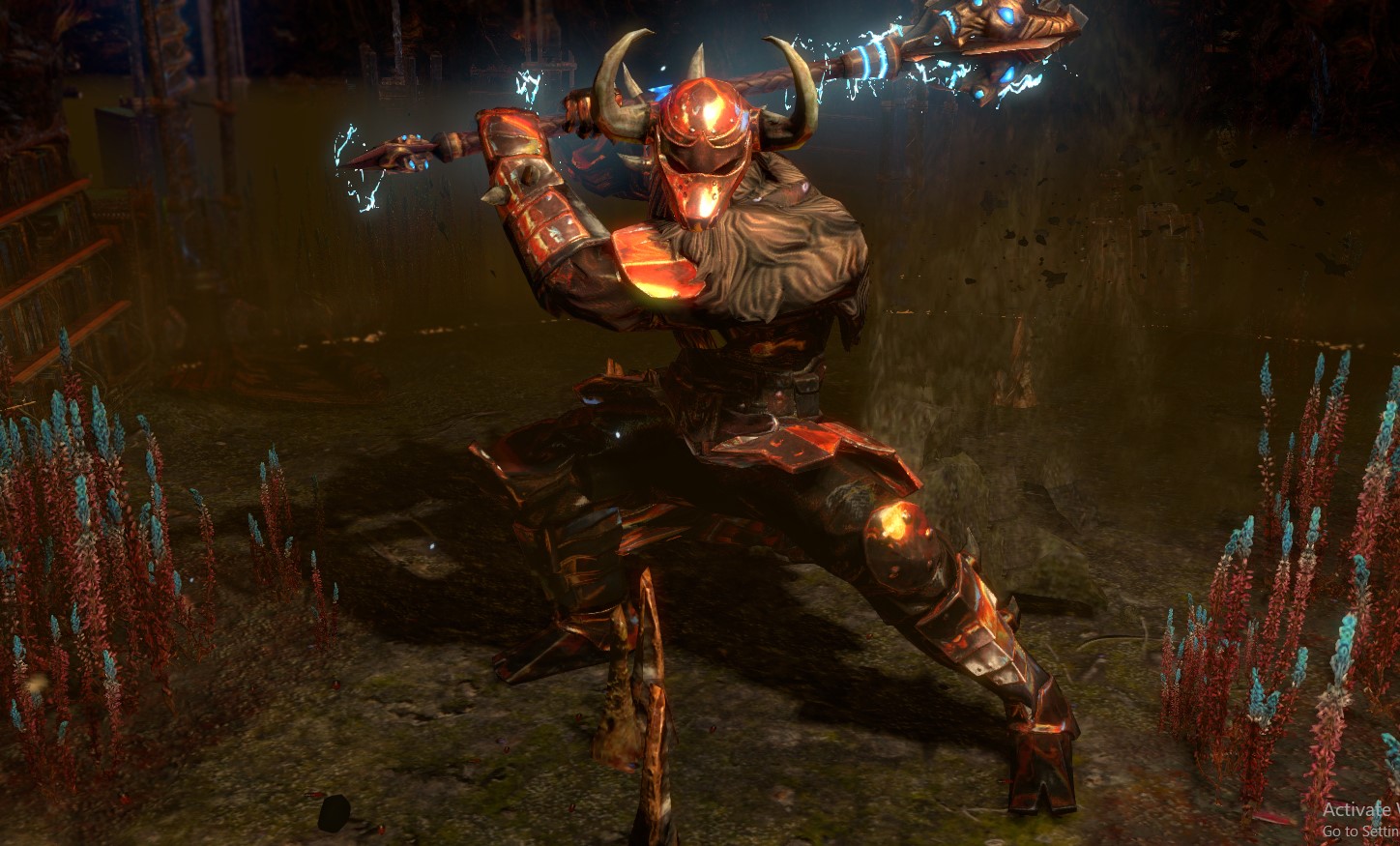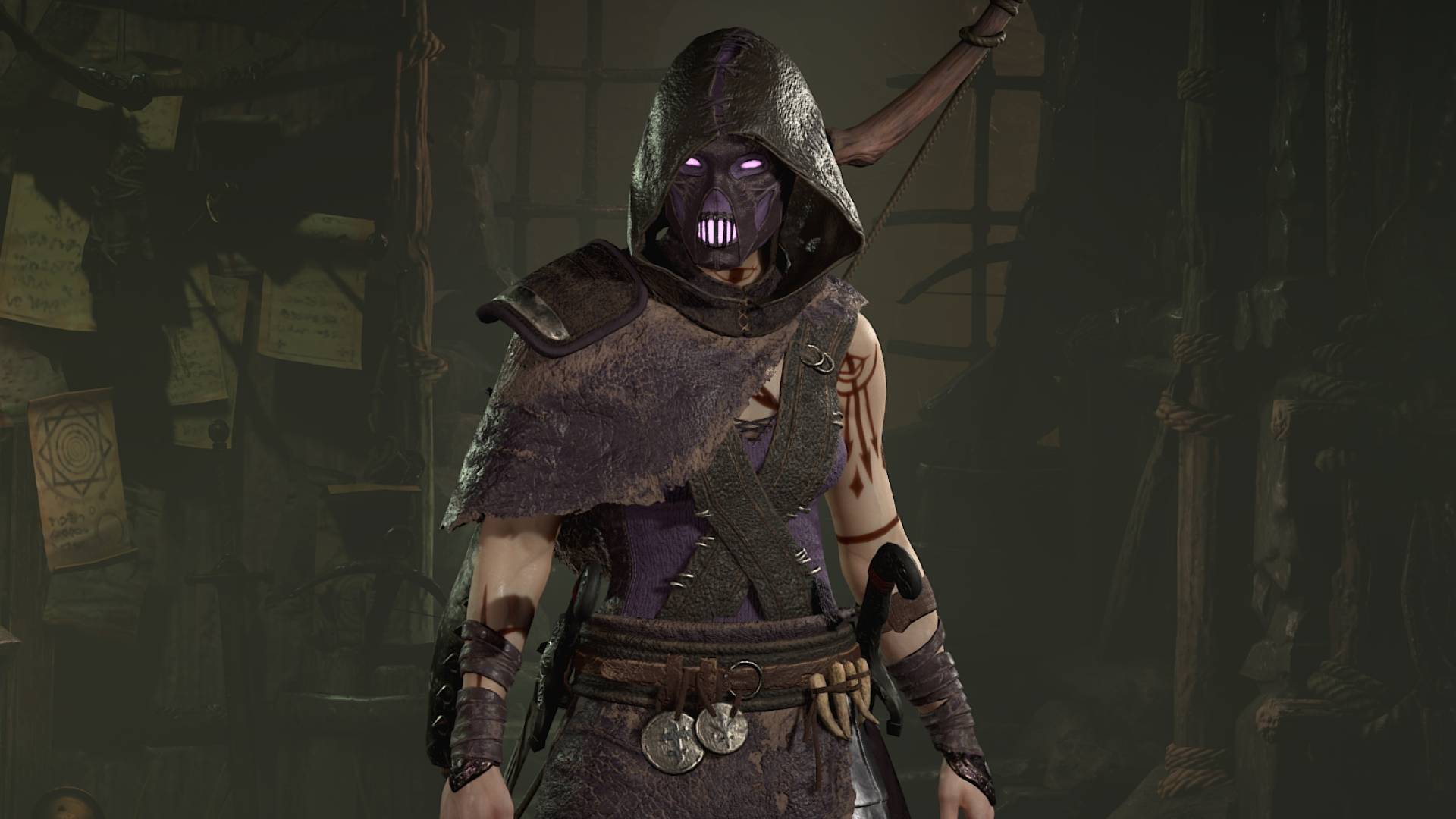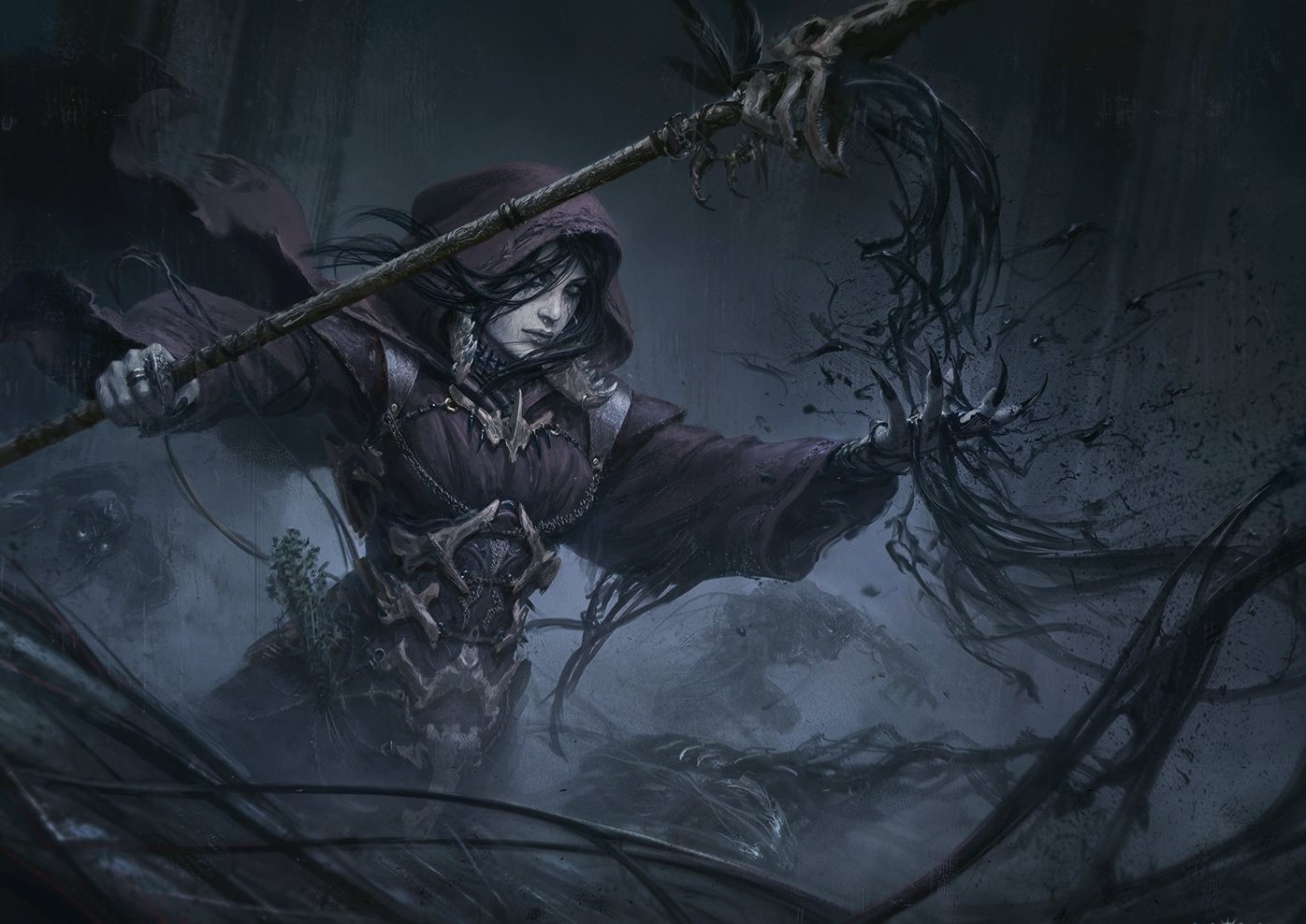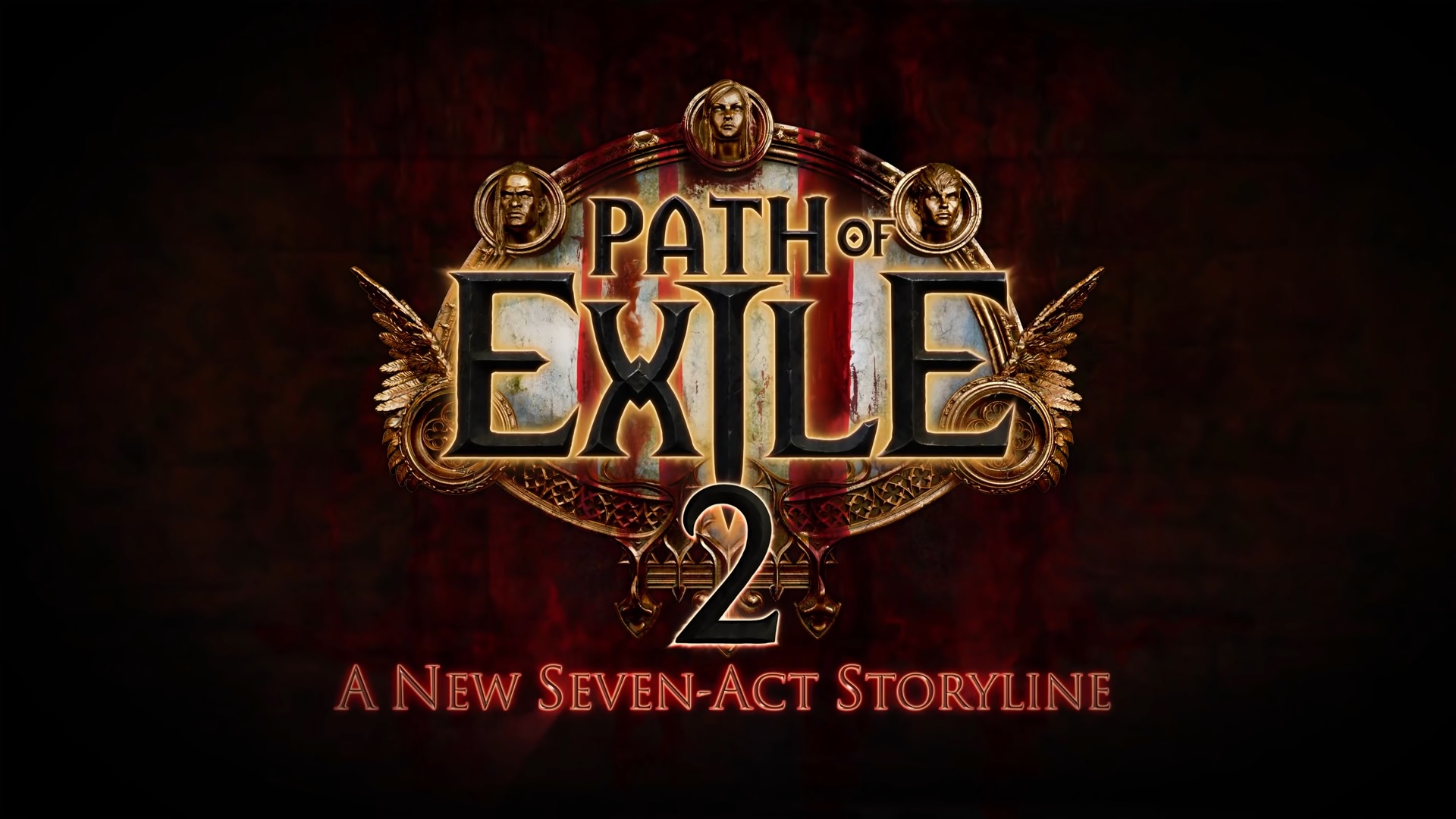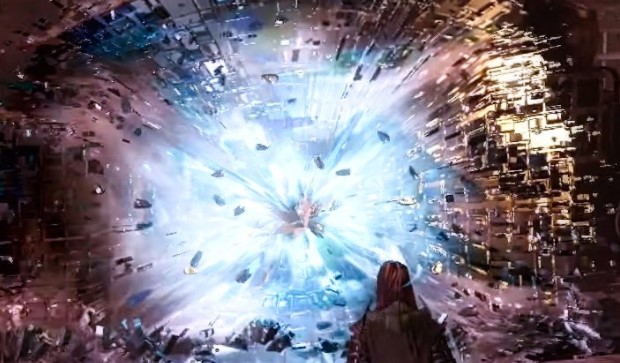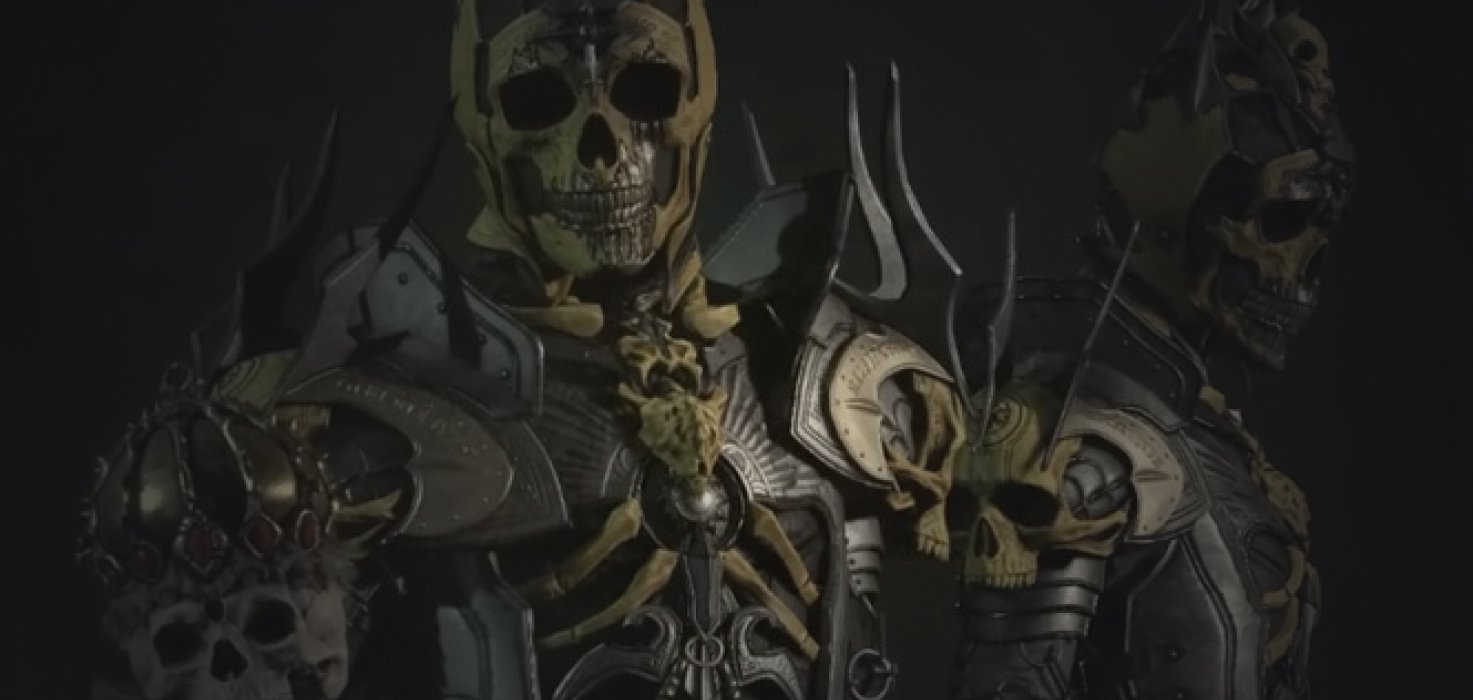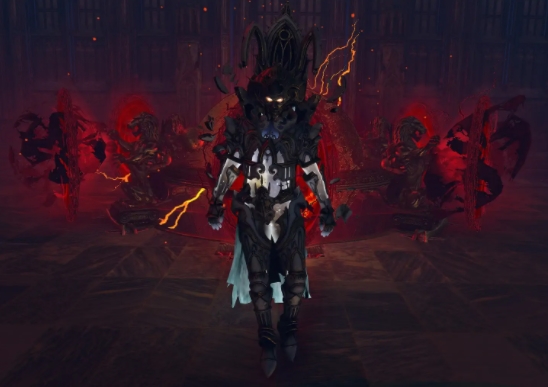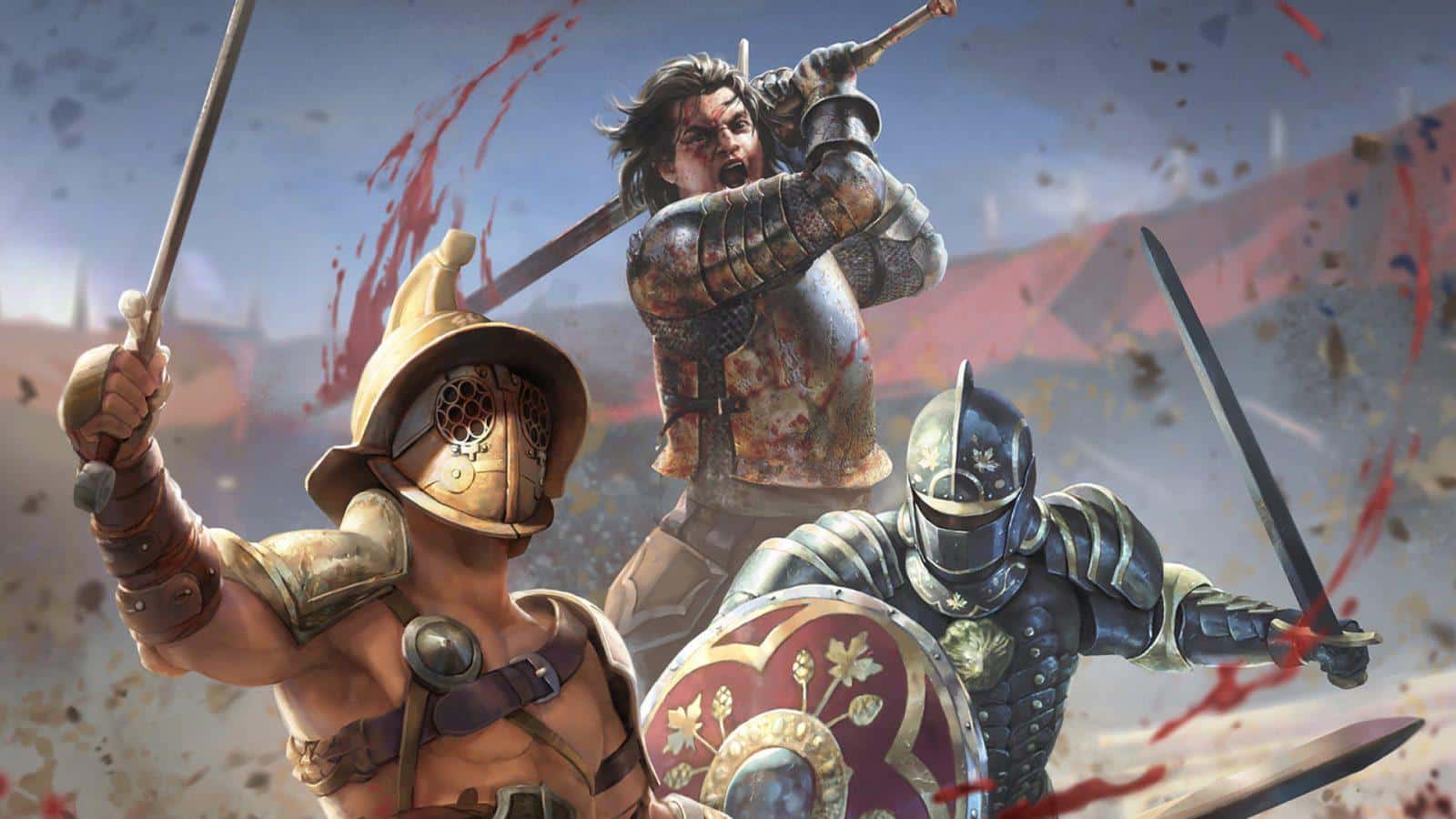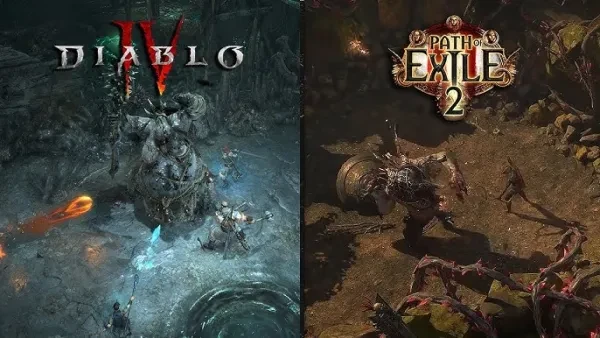
Diablo and Path of Exile have been competitors since the inception of Path of Exile over 11 years ago. However, over the years, the games diverged a lot in their approach to how the game should be played and what are their focus. And here are the top 10 differences between Diablo 4 and PoE.
10 – Open world
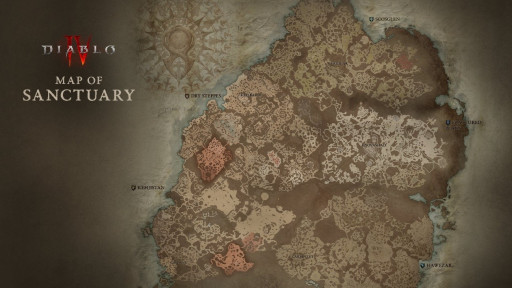
Diablo 4’s whole premise is to create a new genre of ARPGs, and they attempted to do that by making their game a whole open-world sandbox experience.
While you still have 6 Acts to complete, you can do acts 1-3 in any order you wish, and you have to explore the whole map to progress on the Renown System, a system that awards you extra perks and benefits, including Paragon Points.
You have 5 main regions, Scosglen, Dry Steppes, Frosted Peaks, Hawezar, and Kehjistan. They’re all locations we’ve seen or heard of before in previous editions or in the lore.
And this open world is filled with collectables you want to obtain, like the Altars of Lillith, which award you with up to 68 all attributes, and that is shared between all characters. This means you start the game with a substantial boost on your alt-characters.
You’ll also need to explore to unlock waypoints, as that’s the best way to travel around. But you definitely want to progress to Act 4 before any real exploration, as that will mean you can get mounts and move much quicker and safer in the wilds.
9 – Monetization
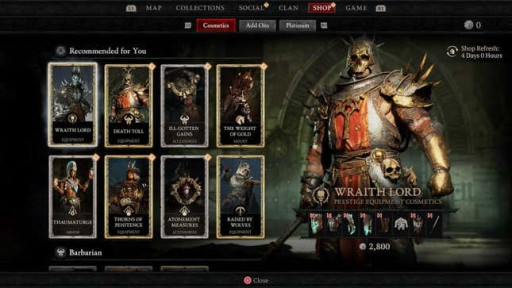
Diablo 4 is a pay-to-play game with a reasonably high entry price, at $70 USD, compared to PoE’s F2P approach.
Both have cosmetic microtransactions, with Diablo 4 allowing you to buy item skins, mounts, and mount armours. However, right now, that’s where D4’s monetization ends. Season 1 will enable their Season Pass, but so far, we have no information on extra monetization.
8 – Inventory management
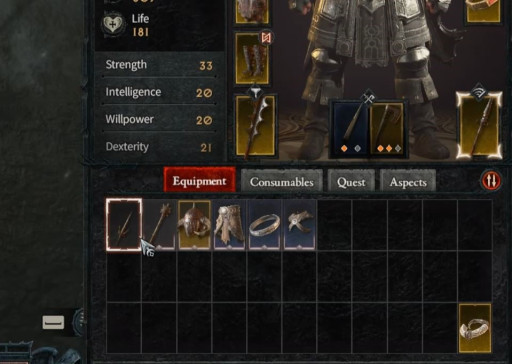
Both games suffer with inventory management and have stupid arguments for creating ‘inventory tension’ or ‘feeling the weight of the item’.
While D4 lets you pick up and store dozens more weapons and items in a single inventory space, it shares that space with Gems, which are numerous and essential to be picked up.
And though we have a consumable tab, those are also shared by Sigils, items used to enter the endgame Nightmare Dungeons, creating a cluttered mess.
This issue is magnified by only having a maximum of 4 Stash Tabs, to the point where players feel forced to create alt-characters to serve as mules.
In this regard, PoE is MUCH better, despite having a smaller inventory space for equipment (and miles better for smaller consumables), as it allows infinite tabs, with tons of QOL management and accessible search functions that D4 is yet to implement.
7 – Trading
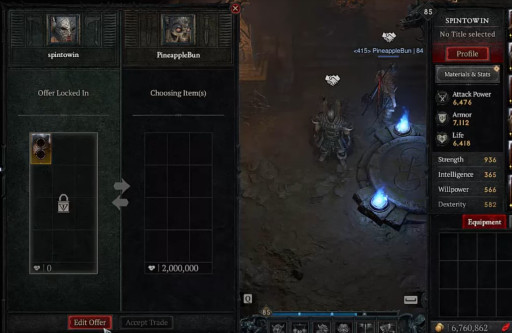
Diablo, in its history, has suffered with terrible choices over trading that enabled the free reign of RMT to ruin the economy.
And though the same is true for PoE, it does have game modes that forgo trading altogether.
Trading in both games is horrible, with tons of attrition and illogical problems.
In D4, for you to trade someone who isn’t your friend, you need to access a Discord forum, search manually for an item, bid on it, have the person accept and reply, send you their Blizzard ID, invite as friends, create a party, and finally be in the same instance. After all, you can trade with a simple and efficient system if too click-heavy.
Whereas PoE, you have a trade forum that lists all the items you want, with tons of search requirements availability and an instant message button. You still need to join the person’s party and their hideout/instance, but it’s much quicker and smoother.
Still, a stupid and outdated system that is prone to issues. Better than D4’s, however.
Oh, and you are NOT allowed to trade any legendary, aspect imprinted or unique items in D4. You also can’t trade an item you modified in any way, like getting +5 or creating a socket for gems.
6 – Casual Friendly
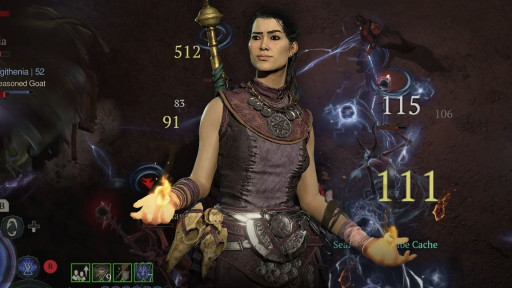
In my experience, from all ARPGs I’ve played, D4 has been the most casual friendly and enjoyable game to date, as a new player who doesn’t have that much time.
The game is easy but not too easy. It requires you to pay attention and grabs your focus, but it isn’t a game where if you start something, you’re stuck playing for 30 to 60 minutes without a break. It’s easy to pick up, the game explains most essential things as though you’re 5 years old, it’s simple to understand, and you’re allowed to make many mistakes.
It’s particularly friendly how you can re-spec your whole build and skill tree to anything you want without paying absurd amounts of gold (at the start) or rerolling into a new character.
And as you level, if you don’t like the skill you’re using, you can swap it out almost seamlessly.
The game also doesn’t punish you for doing only one content that you enjoy by capping the amount of exp and gold you get from it, as the whole world levels up with you, and you’re always progressing, anywhere you are, any time.
Compared to PoE’s insane amounts of brain power to play even the most basic build and understand what is Important, D4 is miles better for the casual player.
5 – Party system
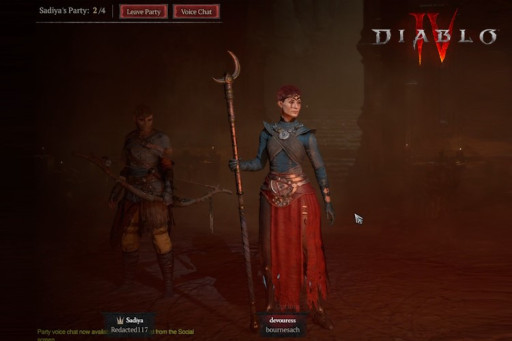
D4 has to have the best party system I’ve seen. By having this system that progresses with your level as you play, the scaling system means that you can join your friends regardless of their level and play together as long as you’re in the same World Tier.
This means you can catch up to your friend on your own or together, and this enables boosting characters quickly and efficiently. Mainly because you don’t need to complete the campaign again if you’ve done it once already.
Being able to jump directly to where your friends are, with instant join and invite buttons, and teleporting from the 5 main towns, means you can always be together.
You also don’t share loot and gold, so there’ll never be any arguments, and for every party member, you get extra XP, and the mobs are then easier to defeat, as the game is balanced around solo playing.
There are a ton of methods to levelling efficiently by having party members kill different parts of the same dungeon, as XP is shared in the instance, not just around you.
Unlike PoE, where you not only need to be close but having party members increases the difficulty by magnitudes upwards 2 to 5x times for not a lot of rewards. Not to mention how in PoE, if one person kills everything, everyone else is basically dead weight.
4 – Storyline

While some Diablo fans might’ve not enjoyed this instalment’s story arc, no one would say that Diablo’s story is bland and lacking.
With amazing cinematics, rich lore, strong characters that show up again and again, and a whole background previous to any of the games… D4’s story is profoundly emotional and entertaining, with multifaceted characters and by far one of the best in any AAA games, not to mention in ARPGs, which is often not the focus. Maybe PoE 2’s story will be good, but PoE 1 is inconsequential.
The story of Diablo 4 revolves around the return of Lilith, the daughter of Mephisto, one of the Prime Evils. Lilith is an ancient and powerful demon who plays a significant role in the mythology of the Diablo series. Her return sets in motion a series of cataclysmic events that threaten to engulf Sanctuary in chaos and destruction.
Players will embark on a quest to defeat Lilith and her followers, known as the Cult of the Lilith, who seek to spread chaos and unleash Hell’s armies upon the world. Throughout the game, players will journey through various regions, encounter diverse factions, and confront a wide array of demonic enemies.
The narrative of Diablo 4 promises a darker and grittier tone, delving deeper into the lore and mythology of the Diablo universe. The developers have emphasized a focus on storytelling, with an emphasis on exploring the darker aspects of the human psyche and the consequences of tampering with demonic forces.
3 – Gear progression
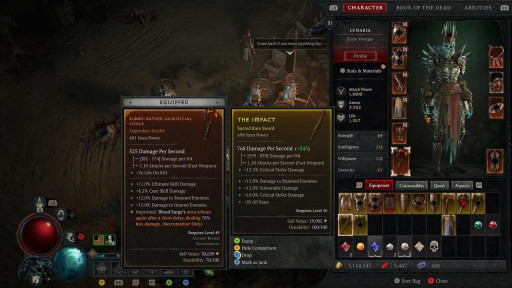
PoE is much better here, though D4 isn’t anywhere boring and lacking, as many foresaw.
You essentially have items with up to 4 mods, with 3 different tiers, Normal, Sacred and Ancestral, with Sacred and Ancient being obtainable in World Tiers 3 and 4, respectively.
Those rare items (yellow), can be imprinted with either a codex or an extracted Aspect from a legendary (orange) item. You also have unique items, which are always identical in their mods, but the ranges change based on the Item Power.
Item Power dictates everything, the equivalent of Item Level in PoE, so only after a specific Item Power do certain mods can appear on items, and you need certain Item Power Levels to reach higher numbers.
Your weapons are the primary source of damage, followed by amulets, gloves and rings. The rest is mostly for defences, and boots for movement speed and resource generation.
You need to manage several things with your gear, from Vulnerable Damage, Crit Damage and Chance, Attack Speed, Lucky Hit Chance, Life, Resource Generation, Armor, Damage Reduction, and Cooldown Reduction, among other less important ones.
So while it may look bland and easy at first, getting proper gear at endgame can be a hardous and expensive.
You can reroll a single attribute on your item with the Occultist, but the more you do it (with a single item), the more expensive it gets. I’ve had items cost upwards of 2 million gold to reroll.
PoE’s itemization is so vast and complex that you need mountains of spreadsheet and data-mined information in order to even start to understand how to craft items, and it’s much much much MUCH harder to find upgrades on the ground, unlike in D4, where every item that drops could be an upgrade.
Though PoE’s itemization has a lot more depth and is much more cohesive, if you know what you’re doing (and I do), I’m a big fan of D4’s right now.
2 – Build diversity
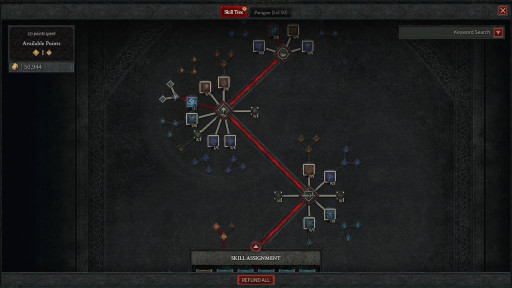
Here, there’s really no argument. D4’s build diversity is spotty at best. Even though the game has been out for a month or so, it has essentially been solved already, no matter how they tried to make Paragon Boards feel complex or how deep they tried to make unique and legendary items change skills.
You essentially have around 3 to 6 viable (barely) builds per class, with a few outliers in others. Like Sorcerer, you essentially have Ice Shards, Arc Lash, or Blizzard. And they’re extremely subpar and don’t play as a mage would, being essentially melee. Barbs have HotA, Whirlwind and Thorns. Rogues do have more flexibility, with Twisting blades, Traps, Penetrating Shot, Rapid Fire, Poison, Shadow or Cold.
Necromancers, the class that has minions… don’t really use them because they’re horrible and suck and deal 0 damage. So you get instead Blood or Bone, most notably Bone Spear.
And druids are the big winners in diversity because there are many ways of playing them, from Werewolf Lightning Strike, Tornado to Hurricane or full Werebear, using Trample, Pulverize, and a mix of everything in between.
It doesn’t come close to comparing to PoE’s deep, 19 ascendancies, over 120 skill gems, 100 support gems, meta gems, Cast on Crit, and more builds you can possibly imagine that are viable.
So PoE wins this round by a landslide. Druid pun Intended.
1 – Endgame
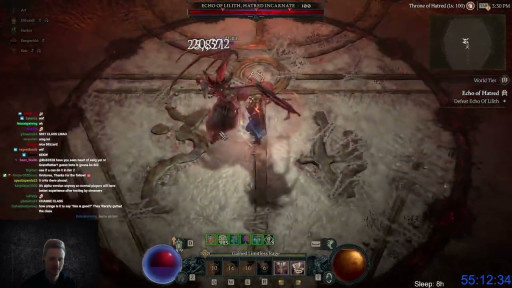
This is another place PoE wins. Though there’s a lot of fun in playing Diablo’s endgame, because of the several open-world events and how enjoyable it is to see numbers go big with your damage, the gameplay loop for D4 is very subpar in comparison.
It doesn’t have a real endgame boss that is rewarding or at all interesting, being essentially a rehash of the final story boss, just at level 100.
Nightmare Dungeons are a mess right now, with overtuned death effect, unfair mods, chain-cc mobs that you have absolutely no power over, and an overall non-need to play them, besides for levelling up your Glyphs for your Paragon board.
They need to add a lot to the endgame to make it better because once players have played with all builds (which, again, there aren’t many) and have experimented with whatever tickles their fancy, there won’t be much else to do.
The seasons will add a lot of longevity to the game, but it remains to be seen what they’ll bring, and if it will impact the endgame at all or not.
Right now, PoE’s first 10 maps are more fun than the whole of D4’s endgame. That said, PoE has been out for over a decade and D4 for little over a month. So we’ll see.

